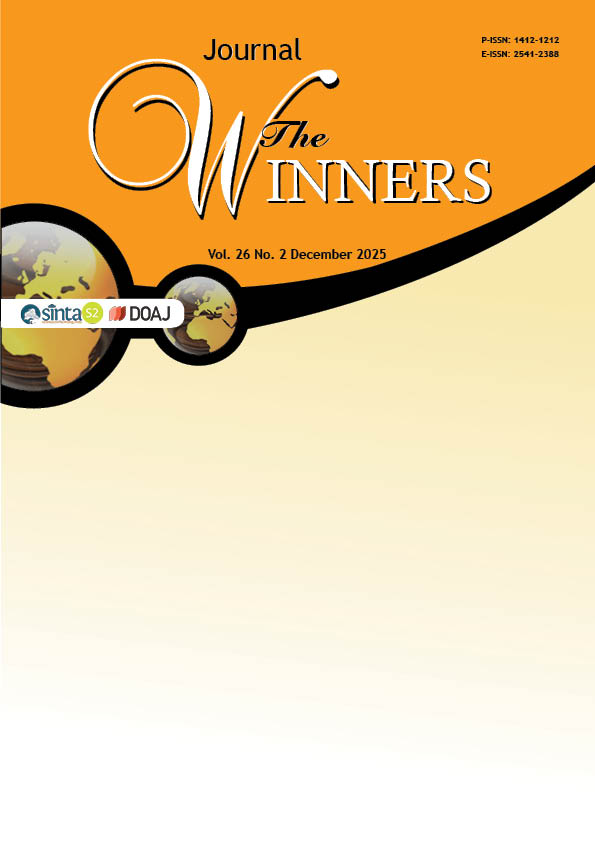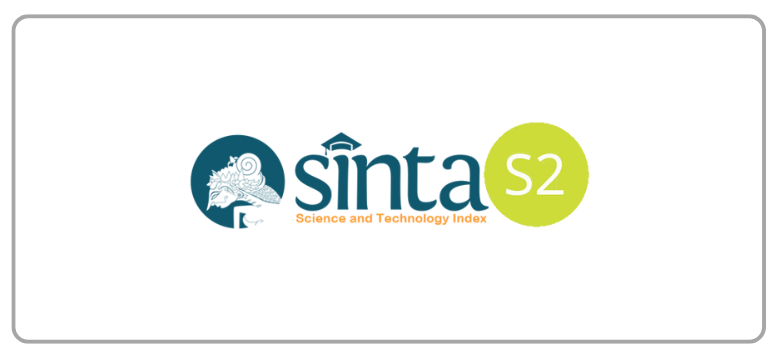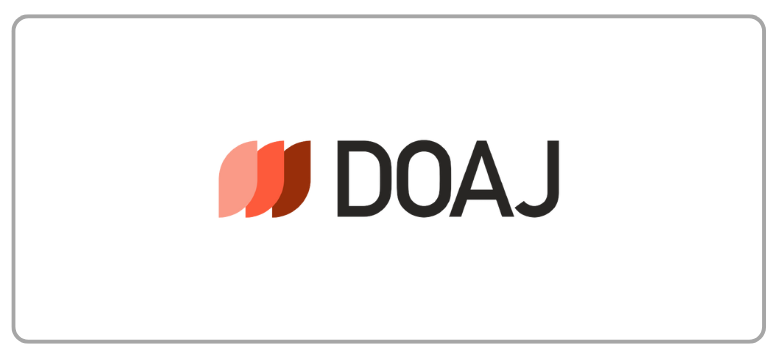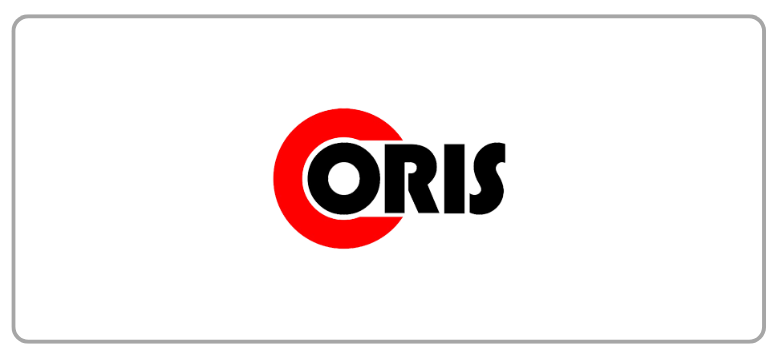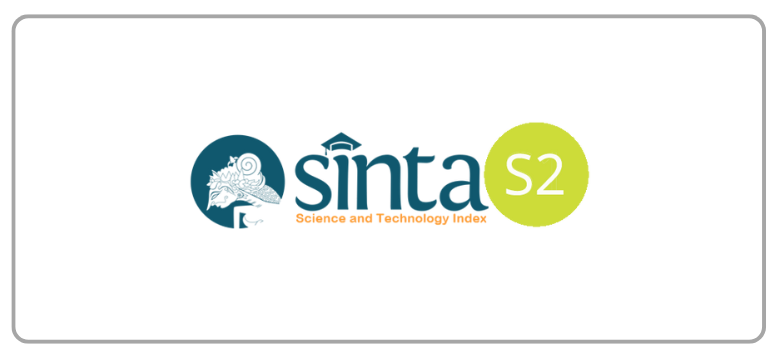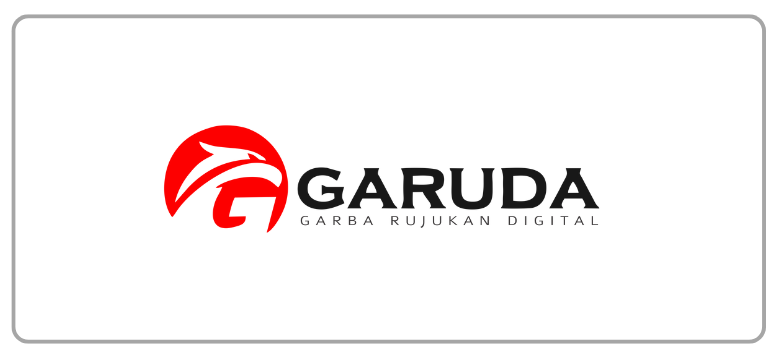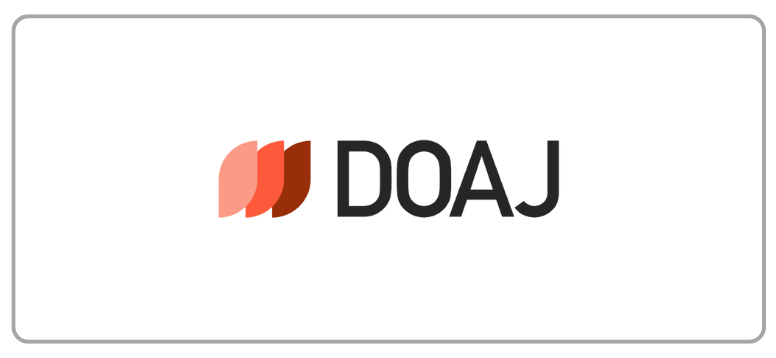The Mediating Effect of Organizational Culture and Work Fatigue on Work Life Balance in the Context of Work from Home among Indonesian Workers
DOI:
https://doi.org/10.21512/tw.v26i2.13013Keywords:
work from home, work life balance, organizational culture, work fatigue, COVID-19 pandemicAbstract
Remote work has existed for quite some time, but has gained popularity with the onset of the COVID-19 pandemic, as all activities had to be conducted from home. The research gap lies in the scarcity of empirical evidence on how organizational culture and work fatigue mediate the relationship between Work From Home (WFH) and work-life balance (WLB), especially in the Indonesian context. This study examined whether organizational culture and work fatigue mediate the impact of WFH on WLB among Indonesian workers. The research aimed to understand how work-life balance is affected by organizational culture and work fatigue among Indonesian remote workers. Using purposive sampling, the research gathered data from 112 respondents and analyzed them with Smart PLS. The findings indicate that the direct relationship between WFH and WLB, as well as work fatigue is not significant. Similarly, the mediating effect of organizational culture and work fatigue on the relationship between work-from-home and work-life balance were not significant. Furthermore, the link between organizational culture and work-life balance is not significant. A significant relationship is observed only between work fatigue and WLB, and between WFH and organizational culture. This research is crucial because while remote work offers flexibility, it also poses challenges such as fatigue and blurred boundaries that may jeopardize employees' well-being. Understanding these dynamics helps organizations in developing supportive cultures and strategies to enhance employee WLB in the post-pandemic digital-first era.
References
Abdulrahman, B. S., Qader, K. S., Jamil, D. A., Sabah, K. K., Gardi, B. & Anwer, S. A. (2022). Work engagement and its influence in boosting productivity. International Journal of Language, Literature and Culture, 2(6), 30-41. https://doi.org/10.22161/ijllc.2.6.3
Akpa, V. O., Asikhia, O. U., & Nneji, N. E. (2021). Organizational culture and organizational performance: A review of literature. International Journal of Advances in Engineering and Management, 3(1), 361-372. https://doi.org/10.35629/5252-0301361372
Alroomi, A. S., & Mohamed, S. (2022). Does fatigue mediate the relation between physical isolation and safety behaviour among isolated oil and gas workers? Safety Science, 147, 105639. https://doi.org/10.1016/j.ssci.2021.105639
Anderson, D., & Kelliher, C. 2020. Enforced remote working and the work-life interface during lockdown. Gender in Management: An International Journal, 35(7-8), 677-683. https://doi.org/10.1108/GM-07-2020-0224
Aruldoss, A., Kowalski, K. B. & Parayitam, S. (2020). The relationship between quality of work life and work life balance mediating role of job stress, job satisfaction and job commitment: Evidence from India. Journal of Advances in Management Research, 18(1), 36-62. https://doi.org/10.1108/JAMR-05-2020-0082
Augustine, J. M., Kim, J. & Lee, M. (2024). Parents’ access to flexible work arrangements and time in active caregiving activities. Journal of Family Issues, 45(4), 992-1018. https://doi.org/10.1177/0192513X23116965
Bakker, A. B., Demerouti, E. & Sanz-Vergel, A. (2023). Job demands–resources theory: Ten years later. Annual Review of Organizational Psychology and Organizational Behavior, 10(1), 25-53. https://doi.org/10.1146/annurev-orgpsych-120920-053933
Barrero, J. M., Bloom, N. & Davis, S. J. (2023). The evolution of work from home. Journal of Economic Perspectives, 37(4), 23-50.
Beckers, D. G. J., van der Linden, D., Smulders, P. G. W., Kompier, M. a. J., Taris, T. W. & Geurts, S. A. E. (2015). A diary study to open up the black box of overtime work among university faculty members. Human Resource Management, 34(3), 315-334.
Bellman, L., & Hubler, O. (2021). Working from home, job satisfaction and work-life balance – robust or heterogeneous links? International Journal of Manpower, 42(3), 424-441. https://doi.org/10.1108/IJM-10-2019-0458
Berg, J., Humblet, M., & Soares, S. (2021). Working from home: From invisibility to decent work. International Labor Organization (ILO).
Bhende, P., Mekoth, N., Ingalhalli, V., & Reddy, Y. V. (2020). Quality of Work Life and Work–Life Balance. Journal of Human Values, 26(3), 256-265. https://doi.org/10.1177/0971685820939380
Brough, P., Timms, C., Chan, X. W., Hawkes, A., & Rasmussen, L. (2022). Work–life balance: Definitions, causes, and consequences. In T. Theorell (ed), Handbook of socioeconomic determinants of occupational health: From macro-level to micro-level evidence, pp. 1-15. Springer. https://doi.org/10.1007/978-3-030-05031-3_20-1
Cao, X., & Chen, L. (2021). Relationships between resilience, empathy, compassion fatigue, work engagement and turnover intention in haemodialysis nurses: A cross‐sectional study. Journal of Nursing Management, 29, 1054-1063. https://doi.org/10.1111/jonm.13243
Fan, Y., Potočnik, K., & Chaudhry, S. (2021). A process‐oriented, multilevel, multidimensional conceptual framework of work–life balance support: A multidisciplinary systematic literature review and future research agenda. International Journal of Management Reviews, 23(4), 486-515. https://doi.org/10.1111/ijmr.12254
Franken, E., Bentley, T., Shafaei, A., Farr-Wharton, B., Onnis, L. A., & Omari, M. (2021). Forced flexibility and remote working: Opportunities and challenges in the new normal. Journal of Management & Organization, 27(6), 1131-1149. https://doi.org/10.1017/jmo.2021.40
González-Rodríguez, M. R., Martín-Samper, R. C., Köseoglu, M. A., & Okumus, F. (2019). Hotels’ corporate social responsibility practices, organizational culture, firm reputation, and performance. Journal of Sustainable Tourism, 27(3), 398-419. https://doi.org/10.1080/09669582.2019.1585441
Hair, J., Hollingsworth, C. L., Randolph, A. B., & Chong, A. Y. L. (2017). An updated and expanded assessment of PLS-SEM in information systems research. Industrial management & data systems, 117(3), 442-458. https://doi.org/10.1108/IMDS-04-2016-0130
Hofstede, G. (1980). Culture's consequences: International differences in work-related values. Sage Publication.
Hongdiyanto, C., Widyarini, L. A., & Yusup, A. K. (2022). The effect of organizational inertia and customer orientation with incremental innovation as the mediating variable towards organizational performance. Jurnal Entrepreneur Dan Entrepreneurship, 11(1), 1-14. https://doi.org/10.37715/jee.v11i1.1954
Ibrayev, S. (2022). Remote work as an innovative approach in the public administration system of the Republic of Kazakhstan. The Innovation Journal, 27(3), 1-21.
Jaharuddin, N. S., & Zainol, L. N. (2019). The impact of work-life balance on job engagement and turnover intention. The South East Asian Journal of Management, 13(1). https://doi.org/10.21002/seam.v13i1.10912
Johnston, D. W., Allan, J. L., Powell, D. J. H., Jones, M. C., Farquharson, B., Bell, C., & Johnston, M. (2018). Why does work cause fatigue? A real-time investigation of fatigue, and determinants of fatigue in nurses working 12-hour shifts. Annals of Behavioral Medicine, 53(6), 551-562. https://doi.org/10.1093/abm/kay065
Keesler, J. M. (2020). Promoting satisfaction and reducing fatigue: Understanding the impact of trauma‐informed organizational culture on psychological wellness among Direct Service Providers. Journal of Applied Research in Intellectual Disabilities, 33(5), 939-949. https://doi.org/10.1111/jar.12715
Lee, E., & Jang, I. (2020). Nurses’ fatigue, job stress, organizational culture, and turnover intention: A culture–work–health model. Western Journal of Nursing Research, 42(2), 108-116.
Marcos, A., García-Ael, C., & Topa, G. (2020). The influence of work resources, demands, and organizational culture on job satisfaction, organizational commitment, and citizenship behaviors of Spanish Police Officers. International Journal of Environmental Research and Public Health, 17(20), 7607. https://doi.org/10.3390/ijerph17207607
Matsh. (2024, December 26). Remote work preferences: Statistics on employee choices in 2024. https://www.matsh.co/en/statistics-on-remote-work-preferences
Mungkasa, O. (2020). Bekerja jarak jauh (Telecommuting): Konsep, penerapan dan pembelajaran. Bappenas Working Papers, 3(1), 1-32. https://doi.org/10.47266/bwp.v3i1.52
Nagel, L. (2020). The influence of the COVID-19 pandemic on the digital transformation of work. International Journal of Sociology and Social Policy, 40(9/10), 861-875
Naldi, S., Alexsander, D., & Purnomo, M. (2021). Interrelatedness between organizational culture and human resource management in the context of corporate entrepreneurship. The Winners, 22(1), 31-38. https://doi.org/10.21512/tw.v22i1.6996
Norlander, A., Lindgren, I., Pessah-Rasmussen, H., Gard, G., & Brogårdh, C. (2021). Fatigue in men and women who have returned to work after stroke: assessed with the fatigue severity scale and mental fatigue scale. Journal of Rehabilitation Medicine, 53(9), 2817. https://doi.org/10.2340/16501977-2863
Palumbo, R. (2020). Let me go to the office! An investigation into the side effects of working from home on work-life balance. International Journal of Public Sector Management, 33(6-7), 771-790. https://doi.org/10.1108/IJPSM-06-2020-0150
Pattnaik, L., & Jena, L. K. (2020). Mindfulness, remote engagement and employee morale: conceptual analysis to address the new normal. International Journal of Organizational Analysis, 29(4), 873-890. https://doi.org/10.1108/IJOA-06-2020-2267
Powell, R. I., & Copping, A. G. (2016). Measuring fatigue-related impairment in the workplace. Journal of Engineering, Design and Technology, 14(3), 507-525. https://doi.org/10.1108/JEDT-09-2014-0063
Pratiwi, H. I., Wahyuningsih, S. H., & Udin. (2023). Mapping the work-life balance research landscape: A bibliometric analysis. Multidisciplinary Reviews, 6(2), 2023014-2023014. https://10.31893/multirev.2023014
Sekaran, U., & Bougie, R. (2016). Research methods for business: A skill building approach. John Wiley & Sons.
Shifrin, N. V., & Michel, J. S. (2022). Flexible work arrangements and employee health: A meta-analytic review. Work & Stress, 36(1), 60-85. https://doi.org/10.1080/02678373.2021.1936287
Shirmohammadi, M., Au, W. C., & Beigi, M. (2022). Remote work and work-life balance: Lessons learned from the covid-19 pandemic and suggestions for HRD practitioners. Human Resource Development International, 25(2), 163-181. https://doi.org/10.1080/13678868.2022.2047380
Staniec, I., Kaczorowska-Spychalska, D., Kalinska-Kula, M., & Szczygiel, N. (2023). The need to work from home in higher education during the first phase of COVID-19: Employee productivity, autonomy, work relationships, job satisfaction and well-being. Journal of International Studies, 16(4).
Stoilova, R., Ilieva-Trichkova, P., & Bieri, F. (2020). Work-life balance in Europe: institutional contexts and individual factors. International Journal of Sociology and Social Policy, 40(3/4), 366-381. https://doi.org/10.1108/IJSSP-08-2019-0152
Suriyanti, S. (2024). The effect of organizational culture, work-life balance, and job satisfaction on non-commercial employee work engagement. Golden Ratio of Human Resource Management, 4(1), 53-66. https://doi.org/10.52970/grhrm.v4i1.452
Tavares, F., Santos, E., Diogo, A., & Ratten, V. (2020). Teleworking in Portuguese communities during the COVID-19 pandemic. Journal of Enterprising Communities: People and Places in the Global Economy, 15(3), 334-349. https://doi.org/10.1108/JEC-06-2020-0113
Thompson, C. A., Beauvais, L. L., & Lyness, K. S. (1999). When work-family benefits are not enough: The influence of work-family culture on benefit utilization, organizational attachment, and work-family conflict. Journal of Vocational Behavior, 54(3), 392-415. https://doi.org/10.1006/jvbe.1998.1681
Trougakos, J. P., Chawla, N., & Mccarthy, J. M. (2020). Working in a pandemic: Exploring the impact of COVID-19 health anxiety on work, family, and health outcomes. Journal of Applied Psychology, 105(11), 1234-1245.
Vyas, L. (2022). “New normal” at work in a post-COVID world: work–life balance and labor markets. Policy and Society, 41(1), 155-167. https://doi.org/10.1093/polsoc/puab011
Willett, J. F., Lagree, D., Warner, B. R., Brian Houston, J., & Duffy, M. (2024). Flourishing with flexibility: Leader communicative support of flexible work arrangements enhances employee engagement and well-being. International Journal of Business Communication. https://doi.org/10.1177/23294884241291531
World Economic Forum. (2016, January). The future of jobs: Employment, skills and workforce strategy for the fourth industrial revolution. World Economic Forum. https://www3.weforum.org/docs/WEF_Future_of_Jobs.pdf
Yu, H. S., Lee, E. J., & Na, T. K. (2022). The mediating effects of work–life balance (WLB) and ease of using WLB programs in the relationship between WLB organizational culture and turnover intention. International Journal of Environmental Research and Public Health, 19(6), 3482. https://doi.org/10.3390/ijerph19063482
Downloads
Published
How to Cite
Issue
Section
License
Copyright (c) 2025 Charly Hongdiyanto, Frederick Abainza Halcon, Adi Kurniawan Yusup, Gracia Ongkowijoyo

This work is licensed under a Creative Commons Attribution-ShareAlike 4.0 International License.
Authors who publish with this journal agree to the following terms:
a. Authors retain copyright and grant the journal right of first publication with the work simultaneously licensed under a Creative Commons Attribution License - Share Alike that allows others to share the work with an acknowledgment of the work's authorship and initial publication in this journal.
b. Authors are able to enter into separate, additional contractual arrangements for the non-exclusive distribution of the journal's published version of the work (e.g., post it to an institutional repository or publish it in a book), with an acknowledgment of its initial publication in this journal.
c. Authors are permitted and encouraged to post their work online (e.g., in institutional repositories or on their website) prior to and during the submission process, as it can lead to productive exchanges, as well as earlier and greater citation of published work.
USER RIGHTS
All articles published Open Access will be immediately and permanently free for everyone to read and download. We are continuously working with our author communities to select the best choice of license options, currently being defined for this journal as follows: Creative Commons Attribution-Share Alike (CC BY-SA)
